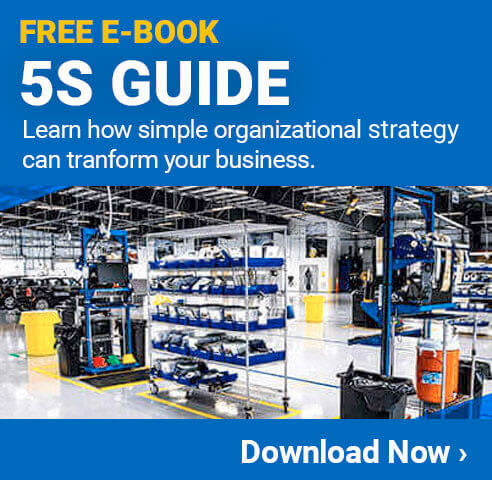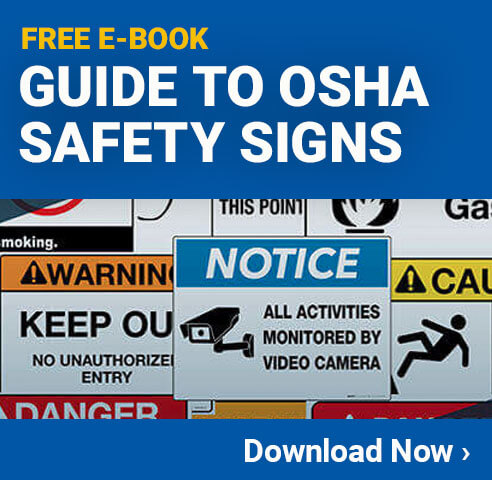
Text From Infographic
Gemba – A Powerful Piece of Your Lean Toolbox
Gemba is a straightforward way for business owners and managers to find and remedy issues that can affect their production.
Gemba walks can easily fit into any improvement regimen that is planned or already in motion.
After the walk, the observations will be used to make improvements in how the business runs. The end goal will be to cut down on waste and to skyrocket efficiency levels overall.
Things to observe during a gemba walk
- Efficiency
- How well (or badly) a process currently runs.
- Where employees appear to be struggling or where bottlenecks are potentially occurring
- Potential safety hazards
- Employee behavior (both positive and negative)
Preparing for the first gemba walk
- Do not be reactionary - Don’t just grab a notepad or iPad and head out onto the work floor.
- Prepare - Preparation is the key to a successful Gemba walk.
- Don't inform employees - It's important that employees do not act or react out of intimidation or fear.
- No assumptions - Do not formulate theories about why things are or are not working from a distance. A big part of Gemba is objective observations, this means not entering the scene with any assumptions
Employee knowledge
- Get authentic results - The biggest tool for accuracy and authenticity in the results is observing the continued normal behavior of workers over time.
- Observe an average workday - In most cases, employees shouldn’t even hear the term “Gemba walk”. If workers are on their best behavior, the observation results will be skewed as it is not going to be a truly average workday.
Narrowing down the goals
- Focus on the parts - Although Gemba usually takes a holistic approach, observing too much of a business at one time can make Gemba observations too general and thus less helpful in the end.
- Stagger your walks - The best way to prepare for a Gemba walk is to section off a small piece of the operation that you really want to work on and improve. Consider taking brief walkthroughs over time to get an idea of some other areas that may need improvement.
Forming questions
- Know what you want to learn - Do you want to improve production, enhance safety, simplify processes? What is the overall goal?
Transforming observations
- Review observations - Enlist a few others to help sift through your observations and decide what changes need to be made.
- Create action plans - Once you have decided on a few ideas, you need to create actionable plans with specific roles. Any plan created should be clear and easy to follow.
- Be specific - The plan should lay out specific changes for specific teams or team members. Plans should also be publicly displayed and serve as a reminder to workers as to what is expected of them going forward.
Get to the gemba!
After the walk, the observations will be used to make improvements in how the business runs.
What are you waiting for?
- Observe the Gemba
- Engage with Employees
- Continue to Improve Operations
- Sustain your Lean Practices
- Strengthen your Culture
You + Gemba = Improvement
Similar Infographics
- 5S is the Foundation of any Lean Program
- Surprise OSHA Inspection? What to Expect
- The Importance of Industrial Label Printers
- Marking Floors to Communicate Social Distancing
- Stay on Top of Ladder Safety
- Drone Safety
- 5 Steps for Pipe Label Compliance
- Pipe Marking 101: Why is Pipe Marking Important?
- Industrial Floor Tape vs. Industrial Floor Paint


